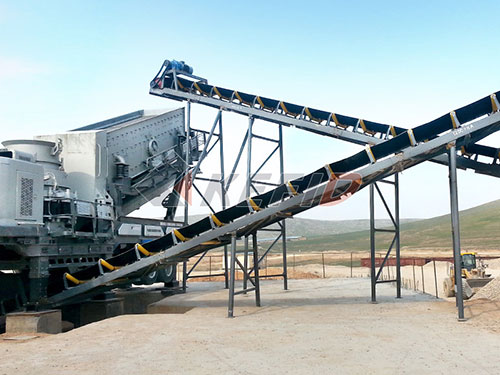The Septum Cartilage Crusher: A Refined Instrument in Nasal Surgery
Within the specialized armamentarium of rhinoplasty and septoplasty surgery, the septal cartilage crusher (sometimes referred to as a cartilage morselizer) occupies a distinct and valuable niche. This instrument is purposefully designed to address a specific, yet critical, need: the controlled preparation of autologous septal cartilage grafts.

Core Function and Surgical Context
During procedures like septorhinoplasty, surgeons frequently harvest cartilage from the patient’s own nasal septum. This autologous tissue is prized for its biocompatibility and low rejection risk. However, rigid septal cartilage segments are often too thick or stiff for certain delicate reconstructive tasks, such as creating smooth dorsal onlay grafts or refining nasal tip contours. Simply cutting or shaving the cartilage may not yield the desired thinness or pliability.

This is where the septum cartilage crusher excels. Its primary function is to mechanically crush harvested septal cartilage strips, effectively breaking down their inherent rigidity without severing the structural fibers or significantly damaging the chondrocytes (cartilage cells). This controlled crushing process transforms a stiff piece of cartilage into a much thinner, more flexible sheet.
Instrument Design and Mechanism
Typically crafted from high-grade surgical stainless steel for durability and sterility, the crusher features two opposing jaws:
1. Crushing Surface: One jaw usually presents a broad, flat, or slightly textured anvil-like surface.
2. Actuating Surface: The opposing jaw has a complementary surface designed to apply even pressure across the entire area of the cartilage placed between them.
3. Handle Mechanism: A robust hinge mechanism connects the jaws to elongated handles equipped with finger rings (similar to heavy scissors or needle holders). Squeezing the handles brings the crushing surfaces together with significant, controlled force.
The surgeon carefully positions a segment of harvested septal cartilage between these jaws. Applying steady pressure via the handles crushes the graft material uniformly across its width and length. The result is a significantly thinner piece of cartilage that retains its essential biological properties but gains enhanced flexibility.
Clinical Advantages
The strategic use of a septum cartilage crusher offers several tangible benefits:
1. Enhanced Graft Flexibility: Crushed cartilage becomes remarkably pliable, allowing it to conform smoothly to complex anatomical curves like the nasal dorsum or tip structures without creating visible edges or irregularities (“step-offs”). This promotes a more natural aesthetic outcome.
2. Preservation of V

Leave a Reply